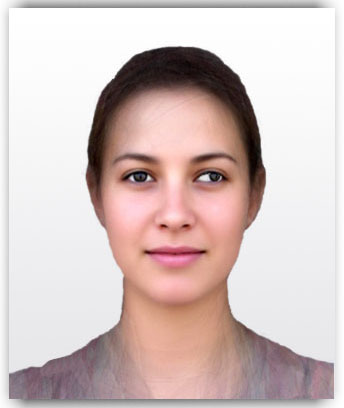Strabismus
Strabismus is a condition where the eyes are not properly pointing TOGETHER at objects. This apparent lacking of coordination between the eyes prevents both eyes from pointing to the same spot in space. The inability to point both eyes together leaves the appearance to an observer that the strabismic person is only using one eye. The ignored eye is pointing usually up, out, in or down. This condition is commonly monitored during a routine exam and is treatable in most cases

Onset of Strabismus (Lazy Eye)
Strabismus may also be classified based on time of onset, either congenital, acquired or secondary to another pathological process, such as cataract. Many infants are born with their eyes slightly misaligned.
Management of Strabismus
As with other binocular vision disorders, the primary therapeutic goal for those with strabismus is comfortable, single, clear, normal binocular vision at all distances and directions of gaze.
Whereas amblyopia, if minor and detected early, can often be corrected with use of an eye patch on the dominant eye and/or vision therapy, the use of eye patches is unlikely to change a strabismus. Advanced strabismus is usually treated with a combination of eyeglasses, prism, vision therapy, and surgery, depending on the underlying reason for the misalignment. Surgery does not change the vision; it attempts to align the eyes by shortening, lengthening, or changing the position of one or more of the extraocular eye muscles and is frequently the only way to achieve cosmetic improvement. Glasses can affect the position by changing the person’s reaction to focusing. Prisms change the way light, and therefore images, strike the eye, which simulates a change in the eye position.

